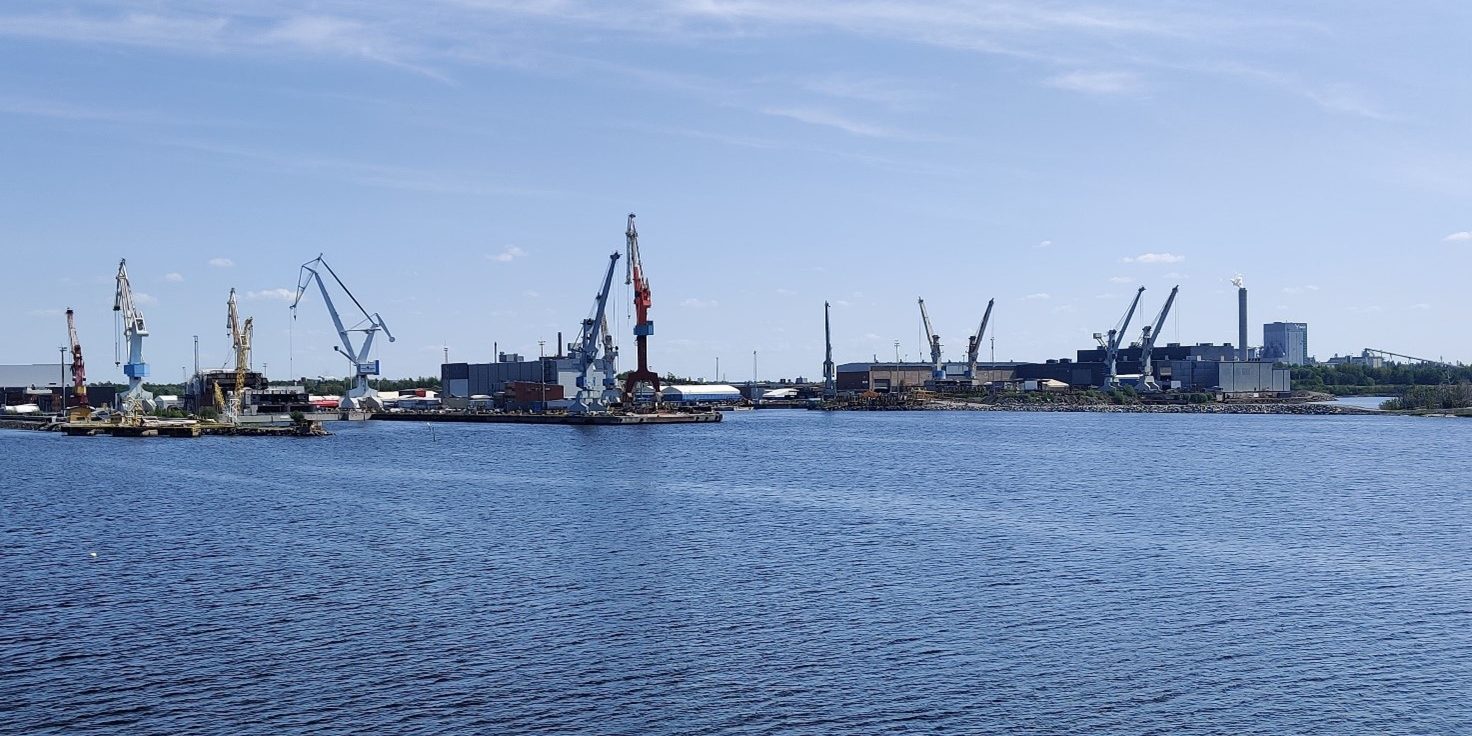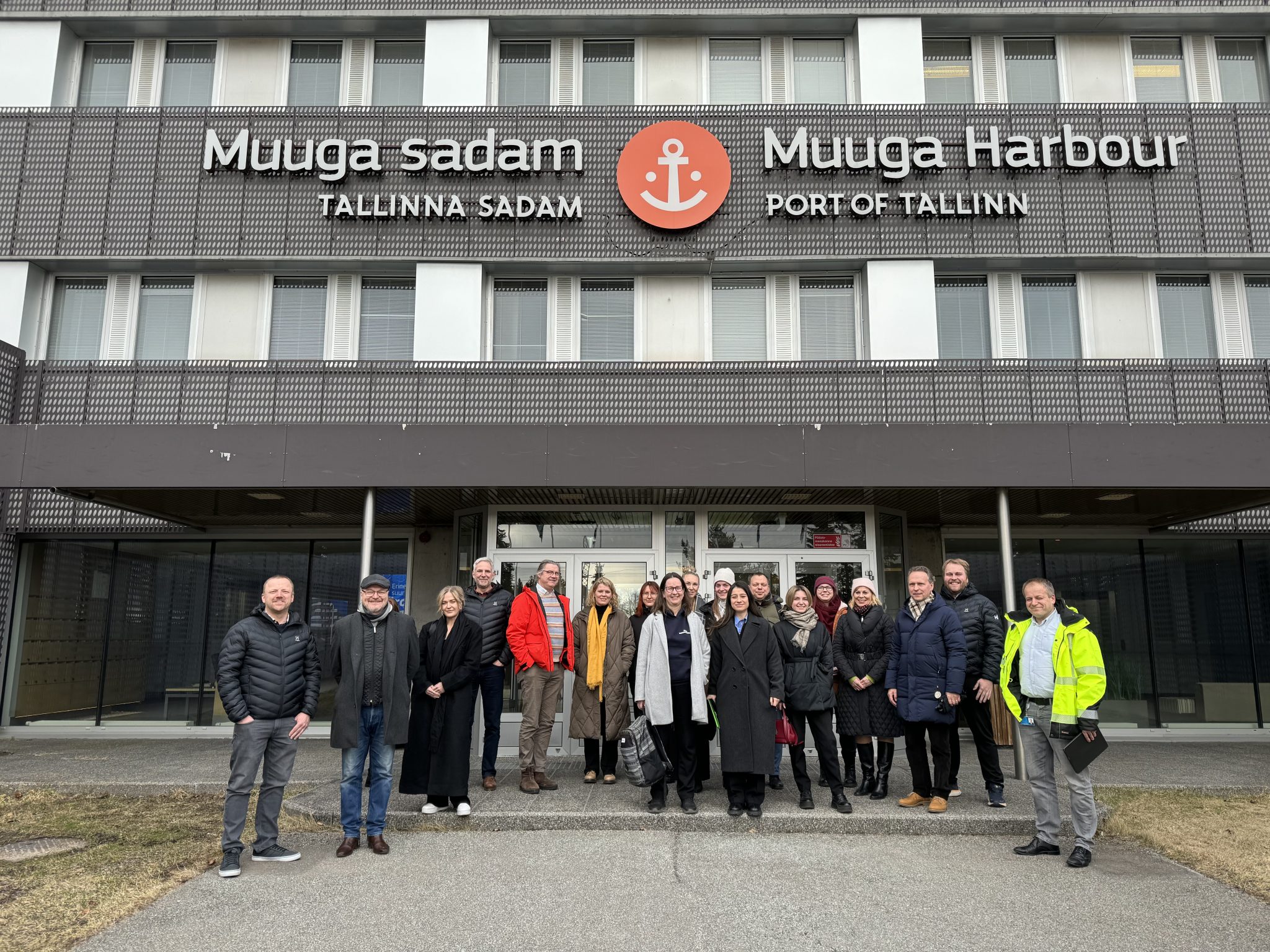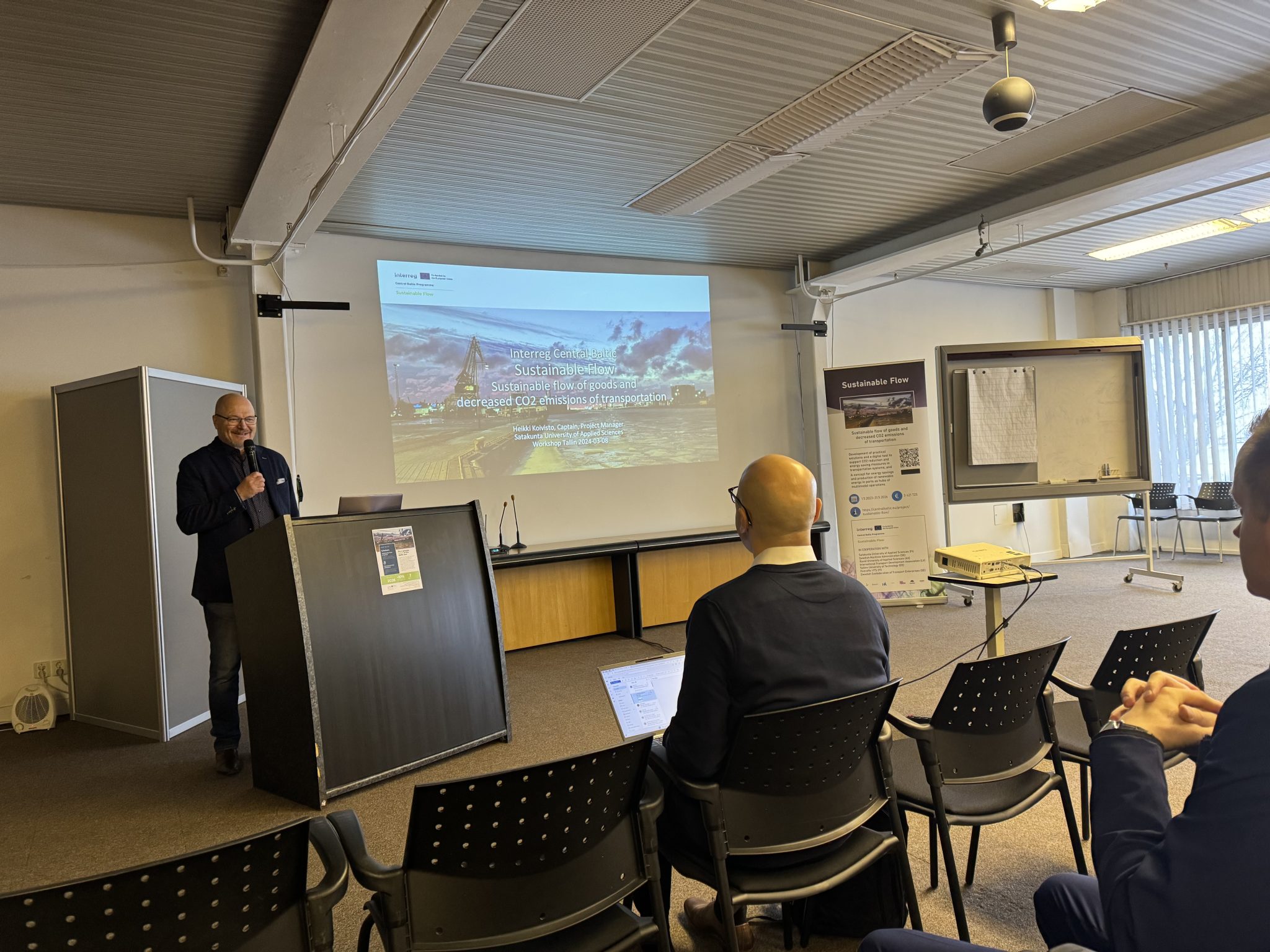We Research: Sustainable development of the Baltic Sea’s ports increases in the Sustainable Flow project
The life and business in the Central Baltic countries in transportation of goods are extremely dependent on the Baltic Sea which is one of the busiest waters in the world. Sustainable Flow is a year-old project, the two main goals of which are to create a digital tool for the reduction of carbon dioxide emissions and a concept for energy savings and renewable energy production in ports. This is achieved through cooperation with seven partners and seven pilot ports.

In 2022, the share of international shipping in global energy-related carbon dioxide emissions was approximately 2 percent 1 and at the EU level, 3-4 percent of the EU's total carbon dioxide emissions 2. Especially in order to solve the climate crisis and reduce carbon dioxide emissions, environmentally, economically and socially sustainable freight transport is needed. Maritime transport will gradually be included in the EU's emissions trading system from January 2024, which will in part affect the emissions of shipping, but ports as transportation hubs also require attention. For example, switching to renewable fuels is not possible without the infrastructure provided by ports.
The goals will be achieved through collaboration
The project involves seven partners and seven pilot ports in Finland (incl. Åland), Estonia, Sweden and Latvia. With the practical solutions of the project, various stakeholders can reduce their carbon dioxide emissions in the field of maritime logistics. By the end of the project – and three years after that – the carbon dioxide emissions of the pilot ports are expected to decrease by -10 percent. The digital tool developed in the project is designed, developed, implemented, tested and improved with the help of the pilot ports, but thanks to the application's open-source code, it can also be implemented elsewhere in the Central Baltic area and beyond.
The Sustainable Flow project as a whole consists of the following parts:
- Analysing, surveying, and benchmarking to determine the current situation.
- Development of a digital tool for reduction of carbon dioxide emissions and a guidance tool for energy efficiency and renewable energy.
- Investments in ports to support carbon dioxide reduction goals.
- Development and implementation of a decision-making tool for target groups and a concept for energy saving measures.
- Communications and stakeholder commitment.


The seven partners of the project got to know the port of Muuga in Tallinn in March. The day after the visit, an event was held for the project's stakeholders. Photos: Hanna Kajander.
Sustainable Flow advances to the tendering stage
So far, the current situation and potential of the pilot ports, the current carbon footprint i.e. the benchmark from which carbon dioxide emissions will decrease, and the potential of the ports' solar electricity production, among other things, has been researched in the project. The individual needs and expectations of all pilot ports regarding the digital tool have also been mapped. In addition, market mapping has been carried out for the digital tool, the aim of which was to find out the existing potential of tools developed to measure carbon dioxide emissions and to provide information about the tool being developed for the parties interested in the tendering process.
Next, the tendering and procurement of the digital tool will begin. In May, the project team will meet in Åland at the Sjöfartens dag event and visit the port of Mariehamn. For the duration of the entire project, there is also active communication with stakeholders through various workshops, events and fairs, among other things.
In strong cross-border cooperation, by end of the project in 2026, ports as hubs of the maritime sector in the Central Baltic area will be able to support what the project's name already implies: a flow of goods in line with sustainable development.
Did you know?
- Sustainable Flow is a 3,4 million euro project co-funded by the Interreg Central Baltic programme for 1.5.2023–30.4.2026.
- The Sustainable Flow project is led by Satakunta University of Applied Sciences, Maritime Logistics Research Center.
- In addition to SAMK, Swedish Maritime Administration, Åland University of Applied Sciences, Latvia’s International Transport Development Association, Tallinn Technical University, Fintraffic VTS and Swedish Confederation of Transport Enterprises are also involved in the project.
- The pilot ports in the project are Rauma, Pori, Mariehamn, Tallinn, Norrköping, Oxelösund and Riga.
- In the project, a total of 105 000 euros will be invested into the seven pilot ports: pilot-type solar power systems will be installed.
